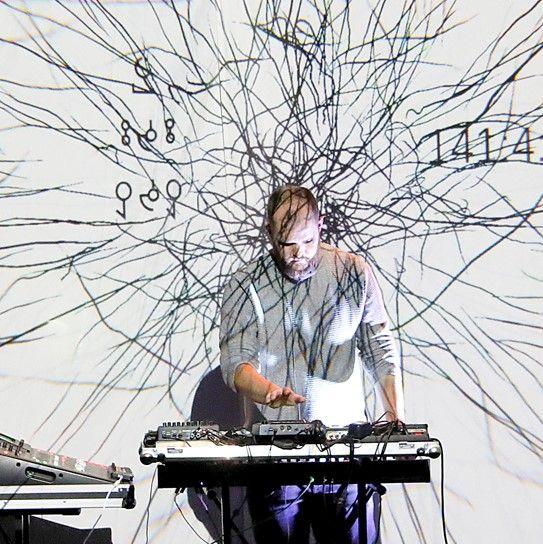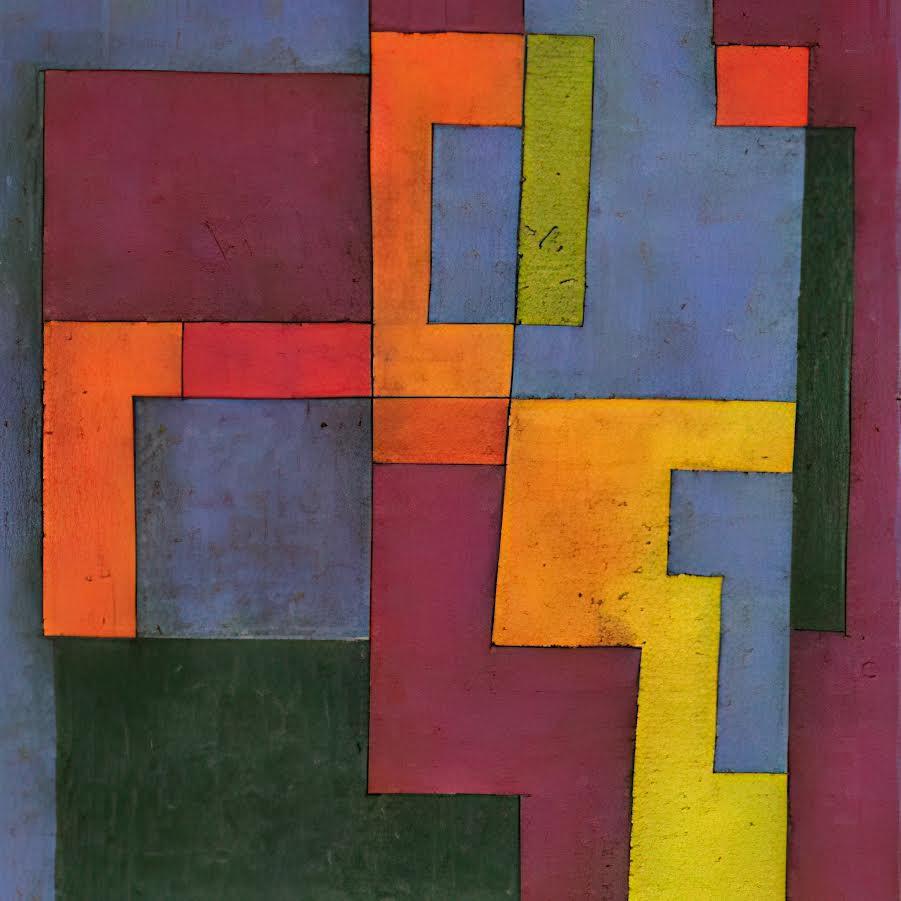Frankenstein
completedPlayOn!

SummaryA natural science student decides to create a human being. The experiment is an unexpected success. Its creator, however, despairs. We discover that the author, Mary Godwin Shelley, is not entirely comfortable with it either. Throughout her life she denies and downplays the literary scope of her work. Between wireless headsets, virtual settings, real actors and holographic avatars, the show is a dreamlike journey into the novel and, at the same time, into the lived experience of its author who confuses herself with Dr.Frankenstein, the Creature with the Work and the characters with memories.
___________________________________________________________
An Elsinor production as part of the Creative Europe project PlayOn!
Introduction
At the beginning of the project, the questions we asked ourselves were essentially two: how can one "create from chaos"? Dr. Frankenstein generates his creature not from absence but from hyperpresence. That was an exciting point for me to analyse through the medium of theatre. Second, I was fascinated by the real mystery of the novel: why is Frankenstein not proud of his creation? And, in parallel, why did Mary Shelley always tend to devalue herself and her work? I wanted to investigate this denial. The Creature is the Book. The Book is a vision of the future: it redeems female creativity by claiming its diversity but putting it on an equal footing with male creativity. The gender gap suffered by the world of culture and science is a great mistake we have been carrying on our shoulders until now. We start by redeeming Mary Shelley by marrying her life to her work, creation.
The performance uses two types of technologies: audio material is created with the Binaural Dummy Head, a microphone in the shape of a human head that reproduces sound in 360 degrees with very realistic effects, picking up both live and recorded sounds. The viewer, equipped with headphones, enjoys the work with total immersion. This recorder creates incredible suggestions and immersion. It is a bit like having Dolby surround sound in headphones. For example, at a certain moment during the performance, in the headphones you listen to the rain and it feels like it's raining in the theatre!
The second technology we use is projection. The show is almost all projection. There is only one actress on stage, Maria Laura Palmeri, and two actresses in holographic form, Lara Di Bello and Giuditta Mingucci. We conducted an in-depth study of a range of perspectives that would make the video relate to the actress on stage in an innovative way. The work on the footage made use of very particular perspectives, even on a human level. For example, during the performance, there is a monologue by Mary Shelley's mother, feminist intellectual Mary Wollstonecraft, who is filmed on a black background and in perspective: the virtual actress's measurements are the same as the real actress's. This makes for a very strange play: one does not realise whether the actress is physically on stage or not.
We tried to embrace an approach that reflected the idea of creation tout cour. In a sense, the idea of "creation out of chaos," which I mentioned earlier, was not only the content but also the inspiration for the method of making the performance, thus in its form and use of technology. Creation thinking of the feminine is something that needs to be detached from just the reproductive sense of materiality, but should be placed on the same level as male creation. In this sense, we feel compelled to pursue a method that brings all these components to the theatre, including human and technological, in parallel.
We would define our research theatre as "technologically oriented" - which is then the motto of our festival, LUCY - in that, we move in the direction of experimentation, of using technology to research new languages and create different degrees of experientiality in theatre, not only predominantly visual, playing on sensory intensity. Our technologically oriented footprint, however, does not neglect an equally immersive focus on the dramaturgy of front-viewing spoken word theatre, which we have been pursuing since 2016."
Ivonne Capece, director


Creative Process
How did the collaborators work together on this project?
We surrounded ourselves with a group of professional figures with deep expertise to see how far we could go with technological, sensory, and, certainly, human experimentation. We worked, in particular, with a very good sound designer, Simone Arganini, and a visual artist, Cristina Spelti, who also does the mapping of buildings. She helped us calculate all the perspectives, both in terms of the human figure and the spaces. Again, the skills of each person collaborating in the creation are many and sometimes even unforeseen, but that in the end are crucial to the final result.
What forms of trial-and-error occurred?
As just mentioned, the approach we use to do theatrical research is complex, involving different knowledge, people, and sensibilities. In this context of theatrical research, the show is the outcome. Still, all the study and attention behind it requires continuous experimentation, figuring out what works and what doesn't-here the trial-and-error-how to translate an idea into the theatre.
In this case, the design work on video and audio is a year's work. Before assembling the show, we spent a year studying perspective and sound. Where, how to record, and where to place the head on stage (it is a very delicate tool). There was a year of preliminary research on and with new technologies, which takes a lot of time.
Ivonne Capece, Simone Arganini, Cristina Spelti
Did you use existing software and applications
Yes, Simone Arganini, our sound designer and technician, has used some existing software: Ableton Live, Qlab, and binaural software from “Dear Reality”, especially the dearVR micro and dearVR pro plugins, and dearVR Ambi micro for the decoding of ambisonics audio recording. For internal audio routing on MacOS during the show he has also used the BlackHole driver from “Existential Audio”.
Ivonne Capece, Simone Arganini, Cristina Spelti
Did any of your questions or goals change?Certainly having worked with these kinds of technologies has created a fundamental question: what kind of contribution can they make to live performance? Having enormous potential, it would be nice to explore them fully. So how far can you go with technologies without losing quality in artistic output? I say this because projects that rely heavily on technology often lose out on the artistic level. This happens partly because they get phagocytized and partly because the use of technology, especially at this moment in history, is at a stage that is still primordial. In our art project, however, it seems to me that the artistic plane has not lost value. However, it would be interesting to understand how far we can go even when the projects are completed.
Ivonne Capece, Simone Arganini, Cristina Spelti
What were the key milestones in the development of the production?
A key step was finding the team, and so professionals suitable for this work, for sure. Especially for the work done by Cristina, because we didn't need just a video maker, but someone with much broader skills, both in terms of filming and studying perspectives.
Another important part was the choice of materials: figuring out which would perform better technologically and artistically.
Ivonne Capece

Reflections
The work significantly exceeded original expectations. On the artistic level, it started with a well-defined idea. In terms of staging, I did not expect the use of technology to make such a fundamental contribution to the work, but it did. They supported directing without "swallowing it". Both plans work very well together, so we're also pleased with the initial expectations.
Ivonne Capece, Simone Arganini, Cristina Spelti
In what ways was the production a success?
From a technological point of view, we can certainly say that we have brought to Italy an almost entirely new type of theatre experience. I have never seen shows in Italy that use the dummy head, so surely ours is experimentation. This new entry, however, is not solely justified by a taste for experimentation, because we offer the viewer an immersion from the point of view of audio and video that is unprecedented. This study on perspectives, on putting two virtual actors is new. For these reasons, we are satisfied with our work.
Ivonne Capece, Simone Arganini, Cristina Spelti
If other people were to take a similar approach, what advice would you give?
The advice I would give to those who want to enter this experimental approach is to surround themselves with professionals familiar with such technologies because there can be a lot of trial and error before you reach the goal. Working with professionals decreases the (still long) research and creation time somewhat. Then depending on the work you are preparing to do there are pros and cons. But forming a team through which one can face all kinds of challenges (inherent in experimentation), and try to solve them as one goes along the work, is indispensable. My advice, therefore, is to have an even heterogeneous but capable and cohesive group.
Ivonne Capece






